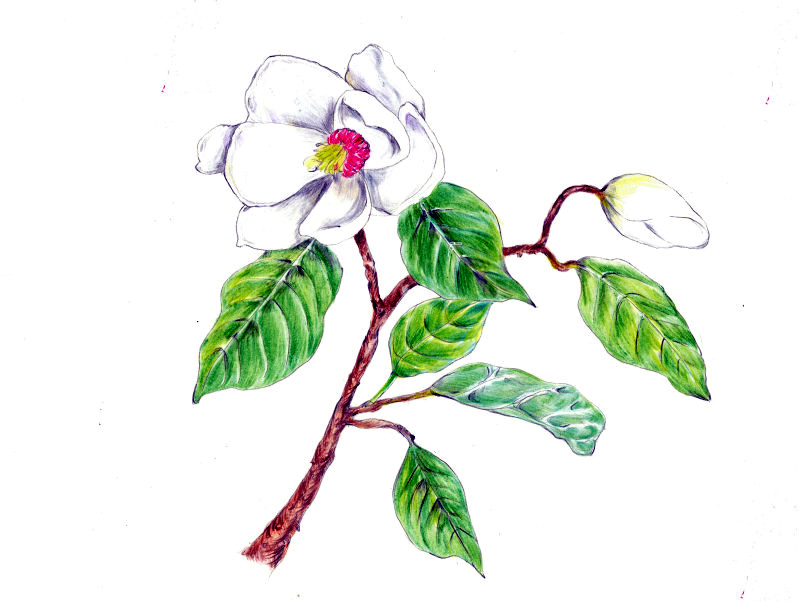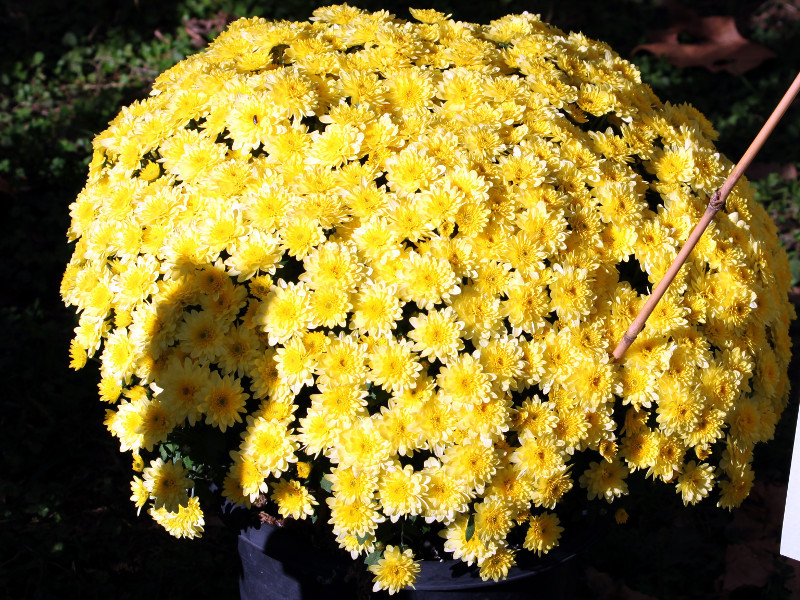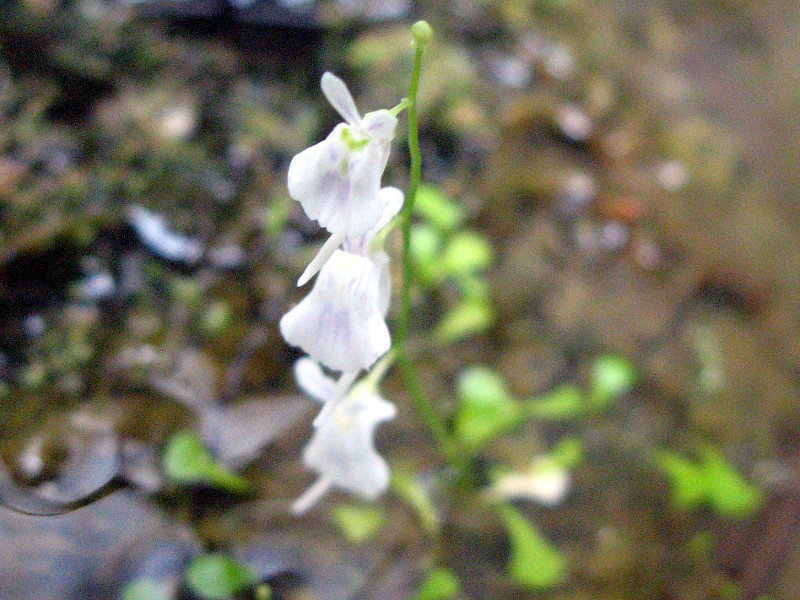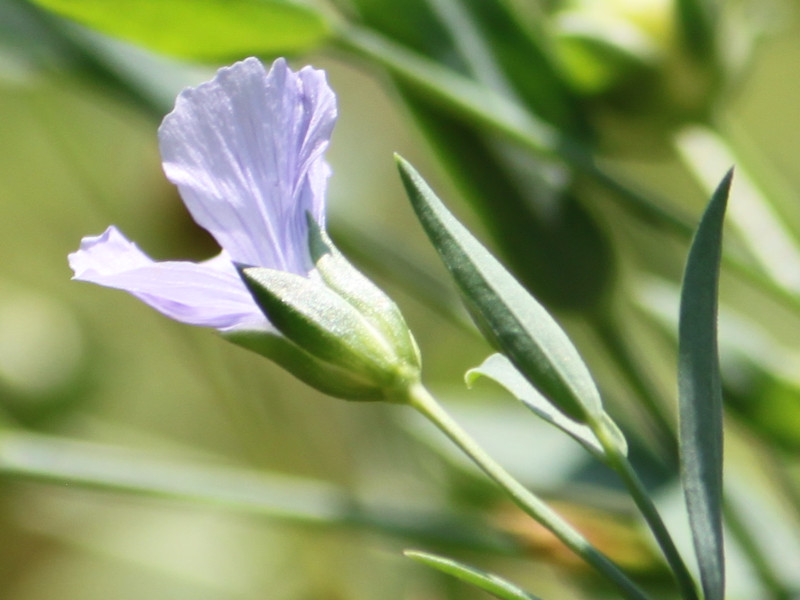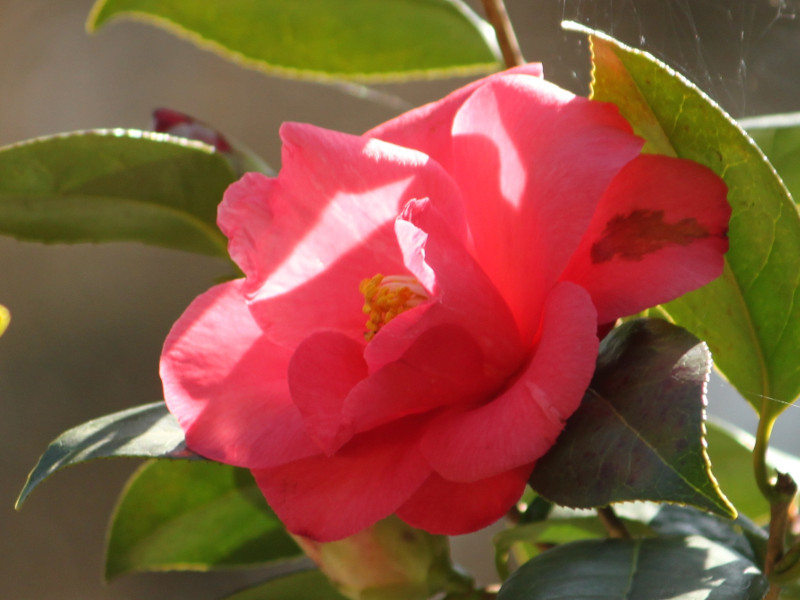Magnolia sieboldii
- Flower nameMagnolia sieboldii
- Scientific nameMagnolia sieboldii subsp. sieboldii
- Aliasマグノリア, magnolia sieboldii, magnolia, 大山蓮華
- Place of originthe Korean Peninsula to China
- Place of floweringGarden, Botanical Gardens, Cemetery & Temple, Park
- Flowering seasonMay, June, July
What is Magnolia sieboldii
Magnolia sieboldii(scientific name: Magnolia sieboldii subsp. sieboldii) is similar to the Oba oyama renge (Magnolia ooyamaensis). It is commonly found in mountainous areas from the Korean Peninsula to China. It differs from the Oba Oyamarenge in that the stamens are red and the flower diameter is larger than that of the Oyama renge.
Common name: Magnolia sieboldii, scientific name: Magnolia sieboldii subsp. sieboldii, origin: Korean Peninsula to China, height: 100 to 500 cm, tree Diameter: 10 cm, Bark color: grayish-white, Leaf shape: inverted ovate, Inveolate: alternate, Leaf color: green to red (autumn), Leaf underside: hairy, Flowering season: May to July, Flower color: white, Petals: 6, Sepals: 3, Sepal color: white, Fruit: clustered fruit, Seed color: orange, Number of seeds: 2, Uses: garden tree, tea plant, shrine and temple.
Magnolia sieboldii subsp. japonica
Oyama Magnolia or Oyama renge (scientific name: Magnolia sieboldii subsp. japonica) is a species endemic to Japan, a deciduous broad-leaved shrub to small tree in the genus Magnoliaceae. It grows naturally in the mountainous foliage forest areas of Honshu-Shikoku and Kyushu. In particular, the native habitat of the Omine Mountains in Nara Prefecture is designated as a natural monument of historic interest and scenic beauty. The height of the tree is 100 to 500 cm. The leaves open later than those of the magnolia, and the white lotus-like flowers, which are smaller than those of the magnolia, bloom downward or sideways. The flowers have six petals, but the outer three sepals look like petals. The flowers are fragrant, but they are short-lived, lasting only 4 to 5 days. The pistils and stamens are clustered in the center of the flower, and the stamens are yellow (Oyamarenge). The species name 'sieboldii' is a reference to Siebold, a Dutch botanist who collected plants in Japan.
Common name: Oyama magnolia, scientific name: Magnolia sieboldii subsp. japonica, aliases: Oyama renge, Miyama magnolia, Gyokusei, Origin: Japan, Distribution: Honshu-Shikoku, Kyushu, tree height: 100-500 cm, tree diameter: 10 cm, Bark color: grayish white, Leaf shape: ovate, Leaves: alternate, Leaf color: green to red (fall), Leaf back: hairy, Leaf margin: entire margin, Leaf length: 6-20 cm, Leaf width: 5-10 cm, Flowering season: May-July, Flower color: white, Flower diameter: 5-8 Flowering season: May to July, Flower color: white, Diameter: 5 to 8 cm, Petals: 6, Sepals: 3, Sepal color: white, Number of pistils: 10, Fruiting season: September to October, Fruit type: clustered fruits, Fruit color: green to red ripe, Seed color: orange, Number of seeds: 2, Uses: garden tree, tea plant, shrine and temple.
